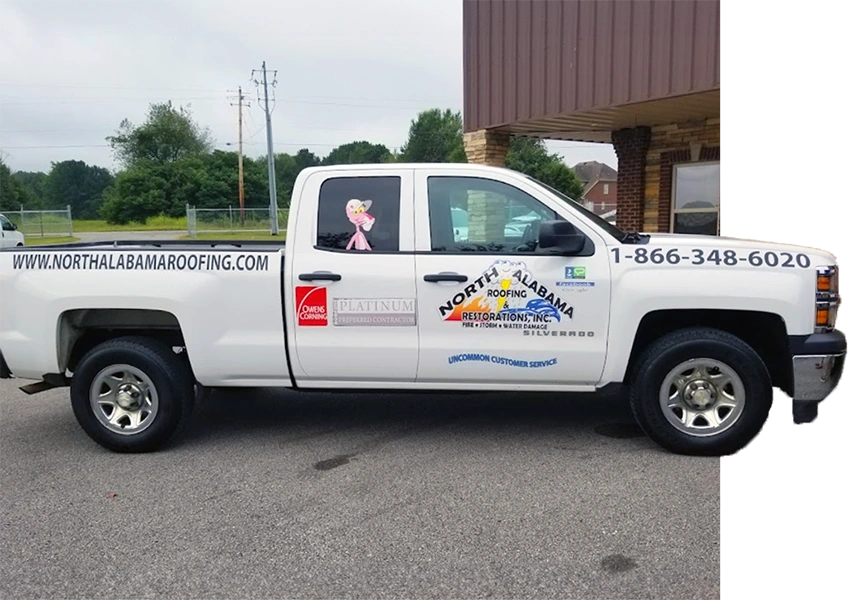Is your garage quietly suffering from water damage? It’s not just for parking your car. It’s also a storage area and a workspace. So, keeping it in good shape is key.
Ignoring water damage can cost a lot. It can also raise your insurance rates and pose safety risks. Water damage in garages can lead to mold and mildew. This can cause health issues like breathing problems and skin irritation.
Spotting signs like water spots, color changes, rust, and worn-out floors early is important. This can stop more damage. If the damage is severe, you might need a professional to fix it.
Fixing water damage yourself can vary in cost. But, acting fast can save you from bigger problems. Are you ready to learn how to protect your garage? Let’s explore ways to keep it safe and in good condition.
Identifying and Assessing Water Damage in Your Garage
Water damage in your garage can show up in many ways. It’s important to spot it early to save on repair costs. Signs like bad smells and visible moisture on walls mean there’s a leak. If walls start to sag, it’s a sign of serious water damage and needs a close look.
Act fast after water gets in, especially after rain or storms. Use tools like moisture meters and thermal cameras to find damage. Regular checks help catch problems early.
Checking how bad the damage is means looking at paint stains and the state of doors and walls. For big damage, get a pro to check it out. They can tell you how bad it is and if there’s mold.
Use fans and dehumidifiers to dry out wet areas. Clean and disinfect to stop mold from growing. For big damage, get experts to fix it right and avoid missing problems.
Early detection and quick action are key to handling water damage. This way, you avoid big problems and keep your garage safe and sound for years.
Steps to Fix Water Damage in Garage?
Fixing water damage in your garage starts with checking and improving drainage. Make sure everything is sealed and draining properly. Regularly check your garage’s roof, doors, and plumbing for leaks or weak spots.
Use waterproof seals on doors and floors to block water. A garage door strip can stop water from getting in. Also, upgrade ventilation and use dehumidifiers to fight moisture. This keeps mold away and keeps the air healthy.
Check your garage’s foundation often and seal any cracks. Use tanking slurry, a waterproofing solution for walls. It covers over 6 square meters. Fixing concrete floor damage early can save a lot of money.
DIY fixes like replacing weather stripping and checking for breaches can help. For bigger repairs, consider professional services like North Alabama Restorations Inc. They fix structural issues for long-lasting results.
Inspect drains yearly to prevent water buildup. Installing trench drains or flood vents can also help. This is especially important if your driveway slopes towards your garage.
Choose durable storage like plastic boxes and steel shelving to protect your items. Waterproofing walls and floors with epoxy coatings adds extra protection. By following these tips, your garage will stay dry and safe.
Conclusion
Dealing with water damage in your garage needs a careful plan. This includes quick action, a detailed check, and long-term prevention. Garages often flood during rainstorms, so it’s important to act fast.
Look out for signs like bad smells, extra moisture, or doors and walls that sag. These signs mean you might have water damage.
For small problems, you can try DIY fixes. But for big issues, you should get help from experts.
They can fix cracks, add seals, and use weather-resistant materials. Getting a pro to fix it makes sure everything is done right. This keeps your garage safe from water problems in the future.
Keeping your garage safe is all about being proactive. Check your drainage, roof, and doors often. This helps prevent water damage.
Using the right fixes and staying ahead of problems keeps your garage in good shape. Make sure your garage slopes at least 1% and has good drainage. This helps stop water from getting in.
By being careful and fixing problems quickly, you can keep your garage dry and safe. This means no mold and a healthy space for your belongings.






